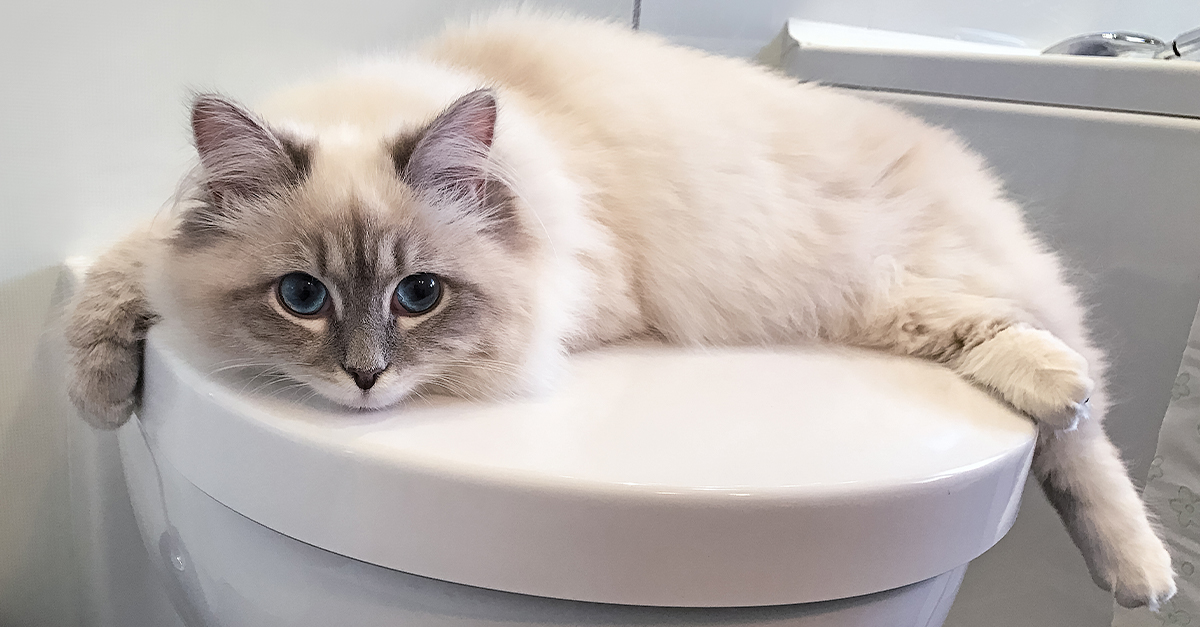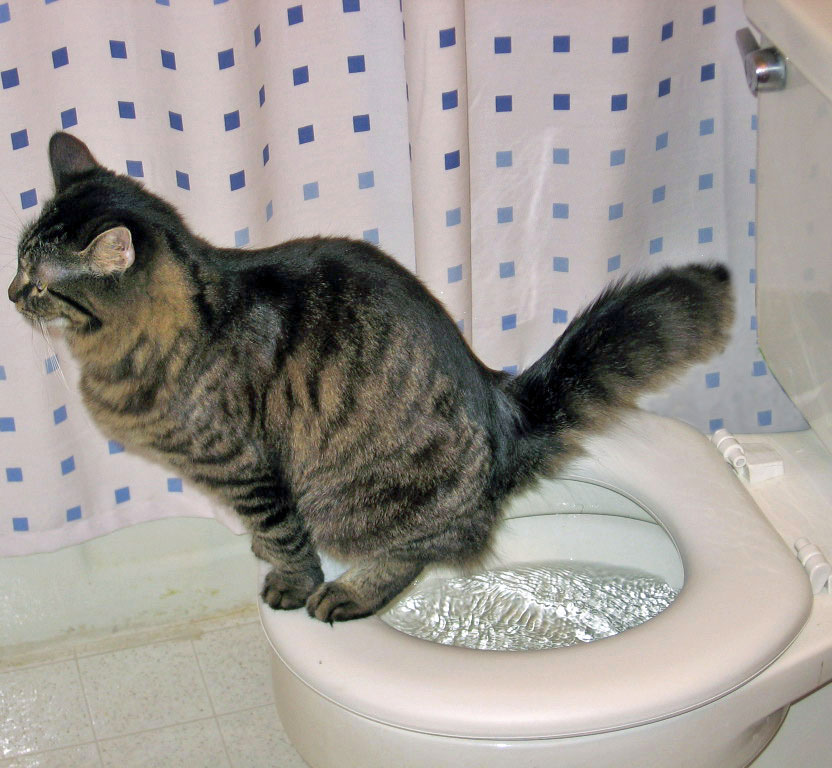We've stumbled upon this post about How to Dispose of Cat Poop and Litter Without Plastic Bags directly below on the internet and thought it made sense to relate it with you on this page.

Introduction
As cat owners, it's necessary to be mindful of just how we dispose of our feline close friends' waste. While it may seem practical to flush feline poop down the commode, this practice can have destructive repercussions for both the atmosphere and human wellness.
Environmental Impact
Purging pet cat poop introduces unsafe virus and parasites into the water, presenting a significant danger to water ecosystems. These pollutants can negatively impact marine life and concession water high quality.
Health and wellness Risks
In addition to ecological issues, purging pet cat waste can also position health threats to humans. Cat feces may have Toxoplasma gondii, a parasite that can create toxoplasmosis-- a possibly serious illness, specifically for pregnant women and individuals with weakened body immune systems.
Alternatives to Flushing
The good news is, there are more secure and more accountable means to take care of pet cat poop. Consider the following choices:
1. Scoop and Dispose in Trash
The most common method of dealing with pet cat poop is to scoop it into an eco-friendly bag and throw it in the trash. Be sure to use a committed clutter inside story and deal with the waste immediately.
2. Usage Biodegradable Litter
Choose naturally degradable feline clutter made from products such as corn or wheat. These litters are eco-friendly and can be safely dealt with in the garbage.
3. Bury in the Yard
If you have a lawn, consider hiding cat waste in a marked area away from veggie gardens and water resources. Be sure to dig deep adequate to prevent contamination of groundwater.
4. Install a Pet Waste Disposal System
Purchase a pet dog waste disposal system particularly created for pet cat waste. These systems make use of enzymes to break down the waste, reducing odor and environmental effect.
Final thought
Liable animal possession prolongs beyond supplying food and sanctuary-- it additionally entails appropriate waste management. By avoiding flushing feline poop down the toilet and selecting alternate disposal approaches, we can lessen our ecological impact and safeguard human wellness.
Why Can’t I Flush Cat Poop?
It Spreads a Parasite
Cats are frequently infected with a parasite called toxoplasma gondii. The parasite causes an infection called toxoplasmosis. It is usually harmless to cats. The parasite only uses cat poop as a host for its eggs. Otherwise, the cat’s immune system usually keeps the infection at low enough levels to maintain its own health. But it does not stop the develop of eggs. These eggs are tiny and surprisingly tough. They may survive for a year before they begin to grow. But that’s the problem.
Our wastewater system is not designed to deal with toxoplasmosis eggs. Instead, most eggs will flush from your toilet into sewers and wastewater management plants. After the sewage is treated for many other harmful things in it, it is typically released into local rivers, lakes, or oceans. Here, the toxoplasmosis eggs can find new hosts, including starfish, crabs, otters, and many other wildlife. For many, this is a significant risk to their health. Toxoplasmosis can also end up infecting water sources that are important for agriculture, which means our deer, pigs, and sheep can get infected too.
Is There Risk to Humans?
There can be a risk to human life from flushing cat poop down the toilet. If you do so, the parasites from your cat’s poop can end up in shellfish, game animals, or livestock. If this meat is then served raw or undercooked, the people who eat it can get sick.
In fact, according to the CDC, 40 million people in the United States are infected with toxoplasma gondii. They get it from exposure to infected seafood, or from some kind of cat poop contamination, like drinking from a stream that is contaminated or touching anything that has come into contact with cat poop. That includes just cleaning a cat litter box.
Most people who get infected with these parasites will not develop any symptoms. However, for pregnant women or for those with compromised immune systems, the parasite can cause severe health problems.
How to Handle Cat Poop
The best way to handle cat poop is actually to clean the box more often. The eggs that the parasite sheds will not become active until one to five days after the cat poops. That means that if you clean daily, you’re much less likely to come into direct contact with infectious eggs.
That said, always dispose of cat poop in the garbage and not down the toilet. Wash your hands before and after you clean the litter box, and bring the bag of poop right outside to your garbage bins.
https://trenchlesssolutionsusa.com/why-cant-i-flush-cat-poop/

I have been very serious about Don’t flush cat feces down the toilet and I am hoping you enjoyed reading the entire entry. Sharing is nice. Helping people is fun. Thanks a bunch for your time. Visit again soon.
Call Today